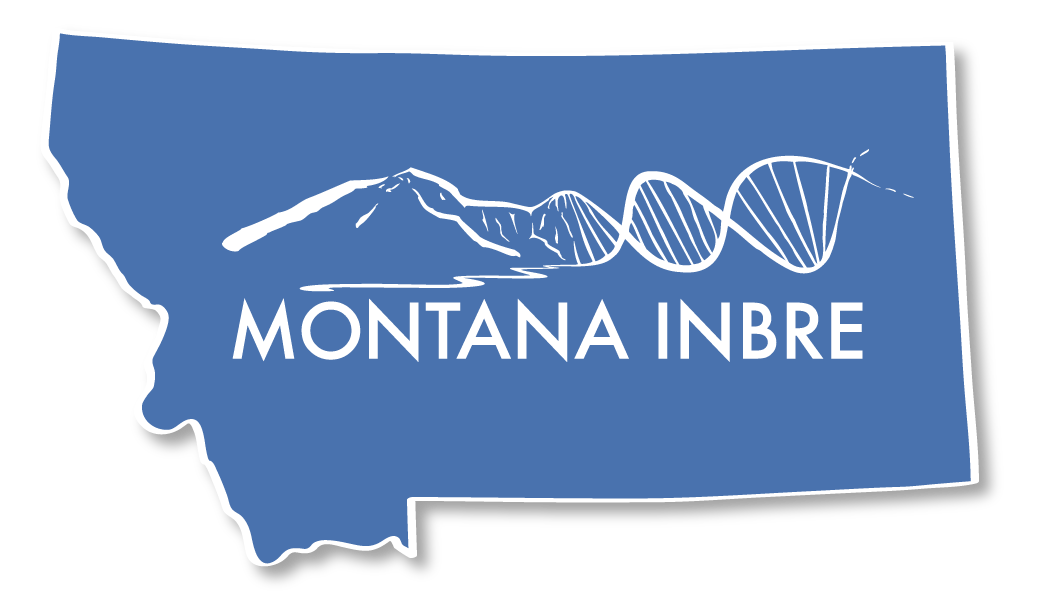Improving Community Engagement to Inform Environmental Health Perceptions
Raja Nagisetty | Montana Technological University
rnagisetty@mtech.edu
Project Summary

This continuation project is intended to bring to fruition a previously INBRE-funded investigation titled, "Improving Community Engagement to Inform Environmental Health Perceptions." During it's final year, our team intends to complete the preparation and submission of at least three papers to different peer-reviewed journals in this multi-disciplinary arena of study. More significantly, the proposal seeks staff time and effort support to the preparation of proposals that will compete for funding from the National Institute of Environmental Health Studies (NIEHS), National Science Foundation (NSF), and other national research entities.
This request is based on the team’s current and prior work exploring the characteristics, causes, and potential responses to the disconnect or “gap” between public perceptions of environmental health risk and official documentation and assessments of such risks. Aim 1 for this request involves support for staff time and effort to prepare three manuscripts of our findings to peer reviewed journals. Aim 2 represents the team’s confidence that its work has national significance, and that, with an array of peer-reviewed articles in the pipeline, we will be able to successfully compete for funding from NIEHS, NSF, and possibly other national-level organizations. In this process, the support for the partnerships in the community, and for developing emerging scholars’ professional capacity is at the heart of the project’s objectives, and while the continuation grant itself will, by virtue of its academic focus, require less involvement of either students or community partners, the requests for national-agency funding will engage these groups as key elements of the work. Thus the trajectory outlined here fulfills one of the fundamental reasons for INBRE grants: to develop Montana’s research capacity infrastructure.
Project Aims
- Prepare manuscripts of our findings to peer reviewed journals. Two separate articles are anticipated for submission to the Journal of Environmental Management (JEM), which published our report derived from the Pilot Study. The graduate student working under this INBRE grant is planning on submitting research associated with her thesis either to JEM or a similar journal. The team members who are collecting and analyzing responses in focus groups to various media representations of the fundamental “incontrovertible facts” we’ve presented are planning on submitting their results to the Journal of Communication in Healthcare, for a total of three peer-reviewed scientific journal articles. The multidisciplinary core of the work we’re doing offers numerous other opportunities for publication, but these are the ones we’re focusing on.
- Successfully compete for funding from NIEHS, NSF, and possibly other national-level organizations. In this process, the support for the partnerships in the community, and for developing emerging scholars’ professional capacity is at the heart of the project’s objectives, and while the continuation grant itself will, by virtue of its academic focus, require less involvement of either students or community partners, the requests for national-agency funding will engage these groups as key elements of the work. Thus the trajectory outlined here fulfills one of the fundamental reasons for INBRE grants: to develop Montana’s research capacity infrastructure.

